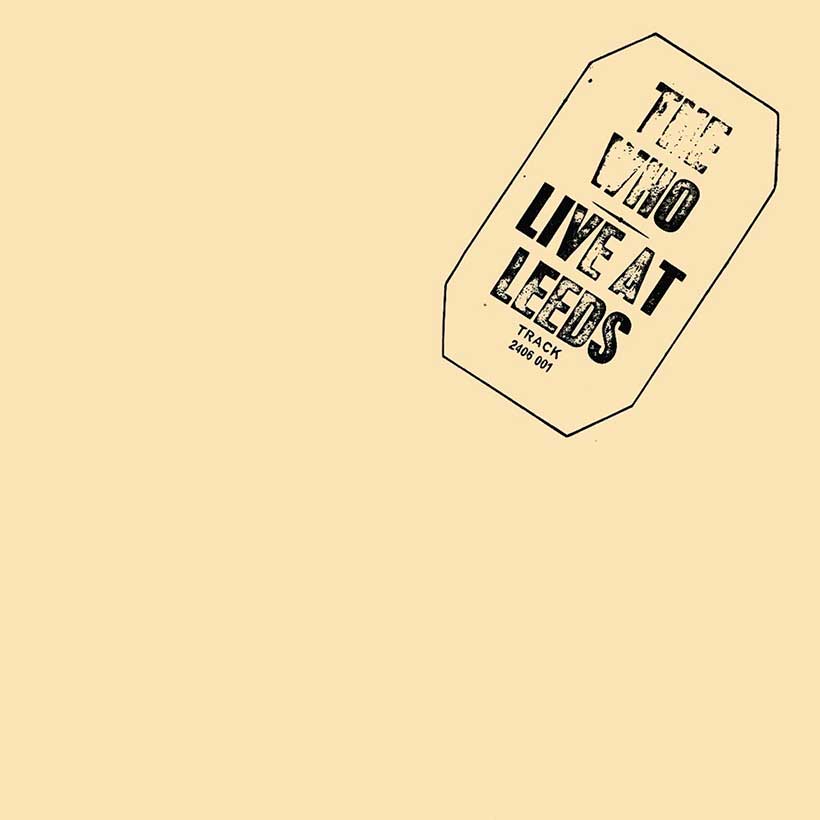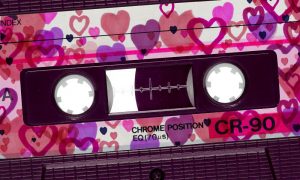Rock history took place on an English university campus on February 14, 1970. By the end of the 1960s, there was no doubting The Who’s reputation as one of the greatest live rock bands in the world. They were also, of course, rapidly also becoming one of the most ambitious, with Pete Townshend’s Tommy opus establishing them as a major commercial force in the US. Soon after its release, the whole world saw the immense power of The Who on stage, via a certain phenomenon called Woodstock.
The time was right for a live album, which was released on May 16 and made its American chart debut two weeks later. Live At Leeds was still a week away from entering the UK bestsellers when the album recorded on the university campus at Leeds in England opened in the US at No.52.
It was a bold start, the highest new entry of the week and the only new title inside the Top 100, on a chart that had Paul McCartney’s first solo album McCartney climbing to No.1. Live At Leeds, described on release by the New York Times as the “best live rock album ever made,” ‘climbed steadily over the ensuing weeks and peaked, just as Tommy had, at No.4, matching its UK showing. The album stayed on the US chart for 44 weeks and went double platinum.
Rock goes to college
University gigs and tours have always been a common part of the British live music circuit, though the Leeds campus was not one of the most regularly used. The Moody Blues played there, for example, during their early days as a rhythm and blues combo, in 1965, but it was one night with The Who that brought it to prominence.
Two weeks later, Pink Floyd performed there; The Who returned to the venue later in the year, as did Floyd in 1971. Then The Rolling Stones also included it on the “Goodbye Britain” tour that preceded their departure for tax exile status and the Exile On Main St. album.
The Who’s live set of the time was a fascinating mixture of their early mod days of R&B covers and material that had added to their growing status as exponents of conceptual rock. Thus they delivered a set to the Leeds audience that still included their cover of Benny Spellman’s “Fortune Teller,” as well as Mose Allison’s “Young Man Blues,” Eddie Cochran’s “Summertime Blues” and Sonny Boy Williamson’s “Eyesight To The Blind.” But it also featured early hits like “I Can’t Explain” and “Happy Jack,” as well as an extensive run through “Tommy.” A medley at the end featured “My Generation,” “Magic Bus,” and others.
‘The whole thing is as it happened’
Later in 1970, Roger Daltrey told the weekly music paper Sounds that he was very happy with the album. “It was one show and it was a very valid bit of plastic, you know,” he said. “There was hardly anything dubbed on it – there were more things taken off than put on. Two backing voices were added, but that was only because the mike fell over. The whole thing is as it happened. We even pulled a lot of the crowd out because it was like, distracting to listen to.”
Listen to the best of The Who on Apple Music and Spotify.
The Live At Leeds album made the Top 5 in both the UK and US. In 2012, Who devotees finally had the chance to buy the recording of the band’s next gig, staged 24 hours after Leeds, on the Live At Hull set. The Who had always intended to record this show to gather material for the original album, but sound problems meant that, unless they were there at the time, fans had to wait more than 40 years to hear it.




